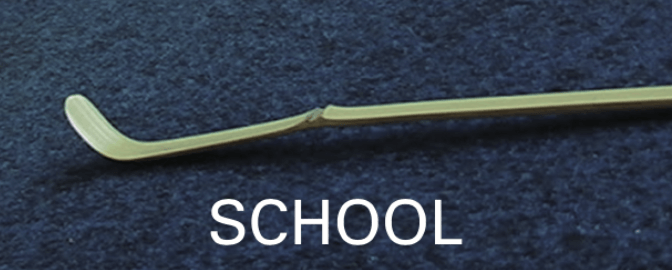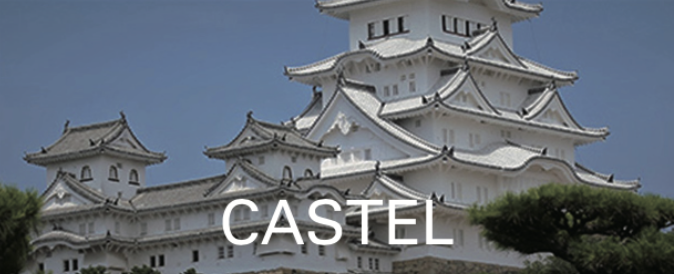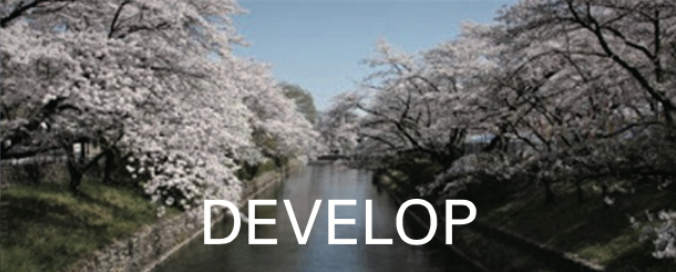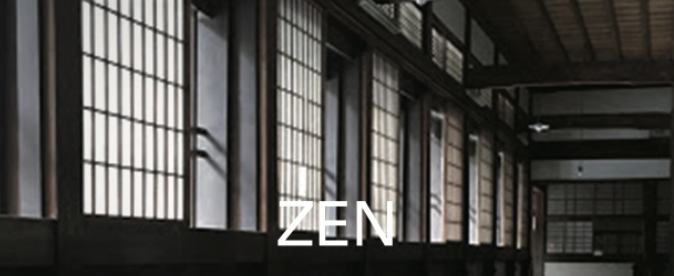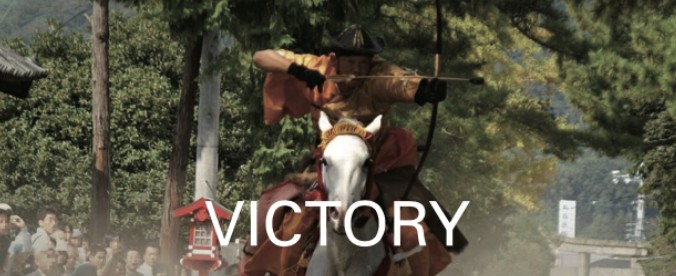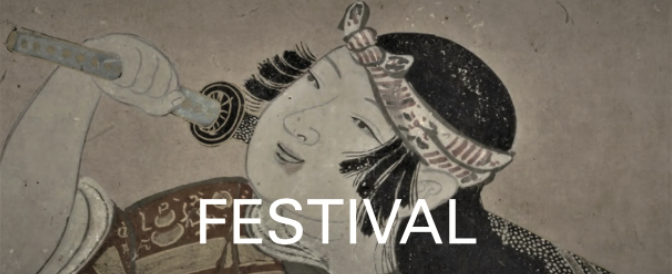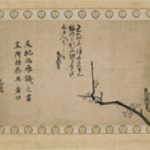
This museum possesses mainly Sunpu Owakemono, relics of Tokugawa Ieyasu (1543 – 1616), the founder of the Tokugawa Shogunate, the paintings of Maruyama Okyo (1733 – 1795) a painter and the founder of Maruyama school of painting, Kanou Tanyu (1602 – 1674), grandson of Eitoku Kanou and one of the foremost Japanese painters, and others. There are about 60,000 items of Joho, the secret ware of the Mito Tokugawa family treasure, transmitted at the Mito Domain.
This museum introduces cultural assets that are sources of insights, handed down by Mito Mitsukuni (1628 – 1701), Tokugawa Mitsukuni, a grandson of Tokugawa Ieyasu, and the second lord of the Mito Domain. Mitsukuni started the compilation project of Dainihonshi, The History of Greater Japan.
This museum also introduces the Gasan, a Plum Tree inscription on a painting, which was create during the generation of Ieyasu’s grandchildren, like Mitsukuni. That collection was the symbol that the Mito Tokugawa family liked to study along the Six Dynasties in China, in the 3rd – 6th centuries.
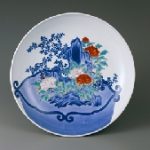
This main building features the garden of wild grasses and flowers and the wall of white lime plaster on a site of 30,000 tsubo, about 10 ha. This museum is a unique museum in the world, which always exhibits about 400 items, focusing on Imari ware and Nabeshima ware that was produced in Japan.
Nabeshima produced from Imari, was particular purpose which was of private use to the lords of the Nabeshima clan, for the offering to the Imperial family, and for the gift to various Daimyo, feudal lords. Nabeshima ware is the most refined ceramics, with a polychrome painting, a symbol of authority.

This museum is located at Kentokusan Erinnji temple, funded by Muso Kokushi (1275 – 1351). It was Bodaiji, the temple with the family grave of Takeda Shingen (1521 – 1573), the feudal lord of Kai Province. Shingen determined that this temple was his Bodaiji. This temple was the source of Shingen’s spirit. This museum exhibits materials related to the Takeda family in Kai Province in the Age of the Provincial Wars in the 15th – 16th centuries.
This museum exhibits the dance fan of Shingen’s favorite which was Nichirin, a drawing of the sun and Japanese white pine with waving Kinun, golden clouds, were drawn in the painting style of Yamato-e, classical Japan decorative paintings, and a gold lacquered saddle with Takeda bishi, the crest of the Takeda family.
This museum introduces Shingen, with rich aesthetic sensitivity, who learned the secret principles of Rinzai Zen. Also, don’t miss the introduction of the 24 Generals of Takeda Shingen, who were celebrated, as the strongest army in the Age of the Provincial Wars in the 15th – 16th centuries.
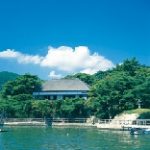
Kanran-tei has a tea room that was inherited from Fushimijo Castle of Toyotomi Hideyoshi (1537 – 1598), the powerful feudal lord and Imperial Regent who unified Japan, to Date Masamune (1567 – 1636), a Japanese feudal lord, the founder and the first lord of Sendai Domain. Masamune was a deep thinker, and his style was liquid grace and exceptional. He was an educated person who left excellent work at the poetry party.
The Date family built Kanrantei, a lodging and entertainment facility on the coast, for the lords to use in the Matsushima sightseeing, by inheriting the culture of Masamune. In the splendid space, they made poetry while enjoying the view over the sea and the moon moving with time passing.
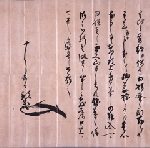
This museum introduces the history and culture of the Tenchijin, heaven, earth and man, the three basic elements of the cosmos. Uesugi Kagekatsu (1556 – 1623) a feudal lord, the adopted son of Uesugi Kenshin, and Naoe Kanetsugu (1559–1620), a senior retainer of Uesugi clan, who served Uesugi Kenshin and Uesugi Kagekatsu.
This museum also exhibits the original screen of the National Treasure Rakuchu Rakugai folding screen, painted both inside and outside Kyo, the Kyoto capital. The Uesugi version, painted by Kanou Eitoku (1543 – 1590), one of the most influence Japanese painters, and a head of the Kanou school of Japanese painting, is usually shown twice a year in spring and autumn.
Old documents handed down to the Uesugi family, the lords of Yonezawa Domain are called the national treasure Uesugi Documents. This letter was written by Uesugi Kenshin (1530 – 1578), the feudal lord of Echigo Province, which was sent to Nagao Masakage (1526 – 1564) a samurai, the brother-in law of Uesugi Kenshin. Masakage was the rival of Kenshin in the clan. This letter was sent at the timing of the Battles of Kawanakajima, after unifying Echigo Province.This letter conveyed tenure to Masakage who dispatched troops to the battle.
It is a document that tells the scene of Samurai in the Age of Provincial Wars in the 15th – 16th centuries, fought between the two clans.
